Geology in Mexico
Karst of the Yucatán Peninsula
When: Summer Semester, June 2 - July 3, 2025
Where: Merida, Mexico
Who: Students who have taken GEOL 1403 Physical Geology and are in GEOL 4650 with Professors Valeriu Murgulet and Dorina Murgulet
Course Taught: GEOL 4650: Field Geology
Faculty Leader/Contact: Valeriu Murgulet, Valeriu.Murgulet@tamucc.edu
Deadline to Apply: January 23, 2025
To apply, please send ONE email with all completed application forms/documents attached to study.abroad@tamucc.edu and copy valeriu.murgulet@tamucc.edu, subject: SU25 Geology Application.
Application Forms and Documents:
-
SU25 Geology Study Abroad Application
-
Personal Statement
-
Recommendation Form
-
Internal Records Release
-
Unofficial Transcript (access in SAIL to download)
Course Objectives:
This course describes the different types of caves and karst rocks, the water rock interactions in carbonate rock systems, and it explains cave formation via hydrogeological and geochemical processes. It offers field work experience such as sample collection, determining field parameters, karst and cave surveys, measuring spring discharges in the Yucatán Peninsula of Mexico and laboratory experience on the Texas A&M University-Corpus Christi campus. The relationship between the Ring of Cenotes and regional fracture patterns will also be examined in the field.
Interesting facts about the Yucatán Peninsula:
It is ground zero for the meteorite impact that marked the end of the Cretaceous period, a turning point in Earth's history roughly 66 million years ago. This impact event is widely accepted as the main cause of the Cretaceous-Paleogene (K-Pg) extinction, which led to the demise of the dinosaurs and about 75% of Earth’s species. However, the Chicxulub Crater lies buried under sediment and water, making it invisible on the surface.| Cenotes: The Yucatán is known for its incredible cenotes—natural sinkholes filled with crystal-clear water. There are over 6,000 cenotes in the region. | 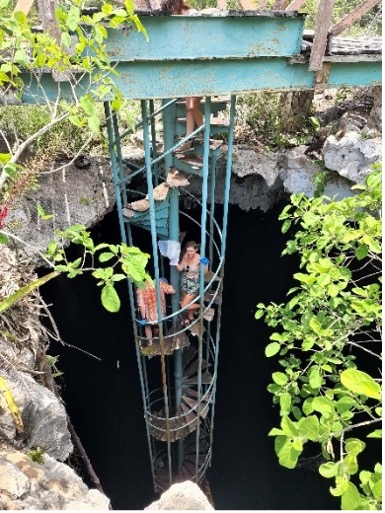 |
|
| Mayan Heritage: The Yucatán Peninsula was a major center of the ancient Maya civilization. There are stunning ruins such as: Chichén Itzá, Uxmal, and Tulum, which feature pyramids, temples, and intricate carvings. | 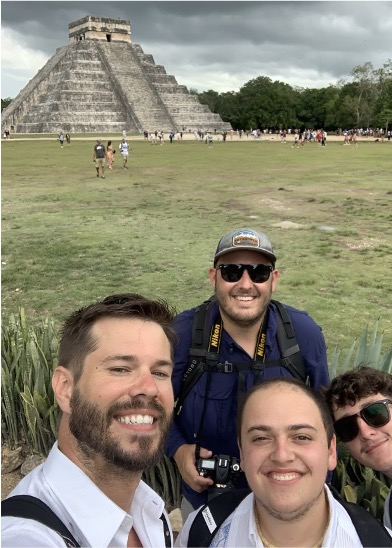 |
|
| Unique Cuisine: Yucatán cuisine is distinct from the rest of Mexico and includes dishes like cochinita pibil (slow-roasted pork marinated in sour orange and achiote), sopa de lima (lime soup), and panuchos (tortillas stuffed with black beans and topped with meat and vegetables). | 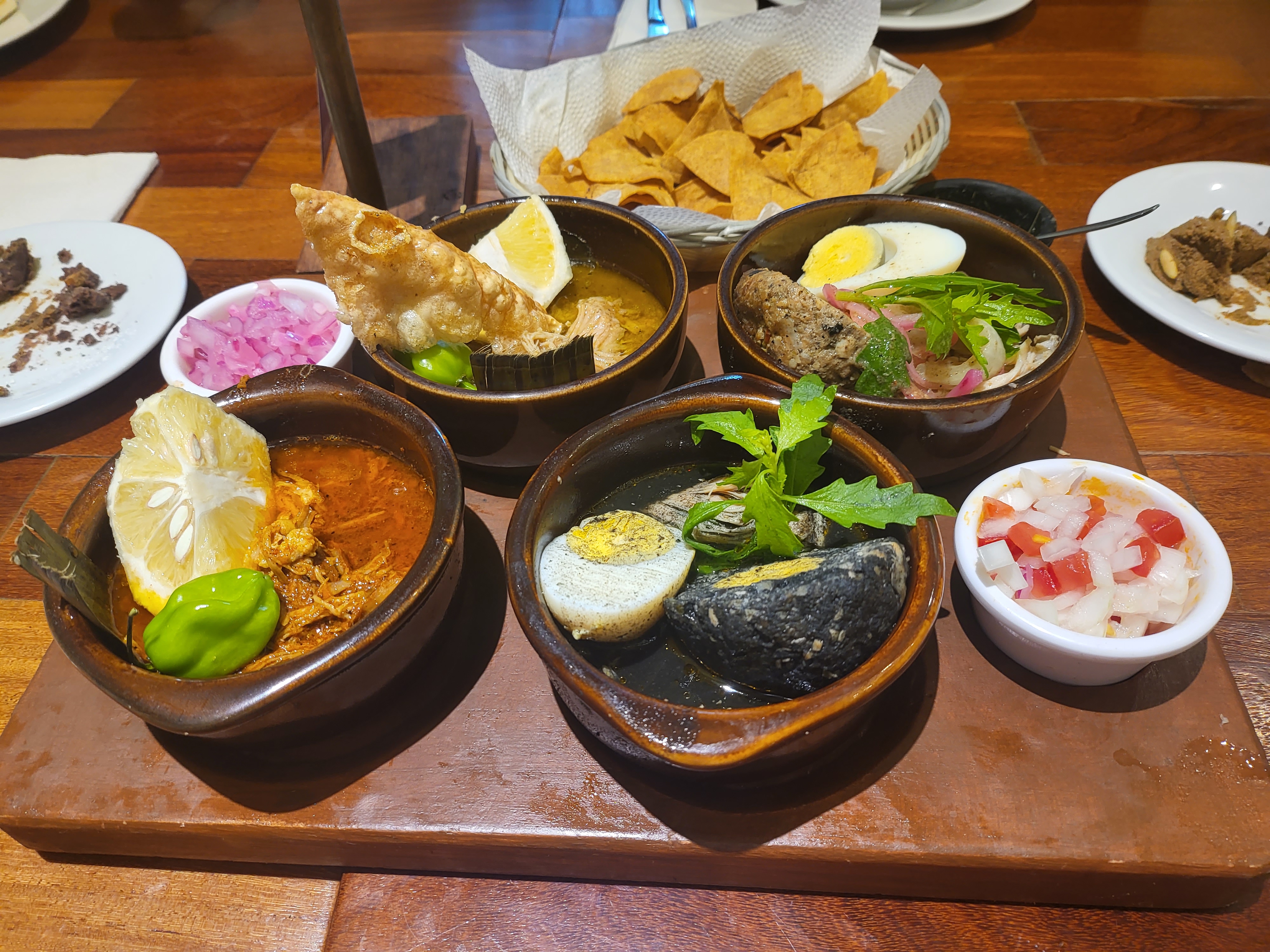 |
|
| A Different Language: Although Spanish is widely spoken, Yucatec Maya is still a common language among the indigenous population in the Yucatán. Many people in the rural areas speak Maya as their first language, preserving an important part of their cultural heritage. | 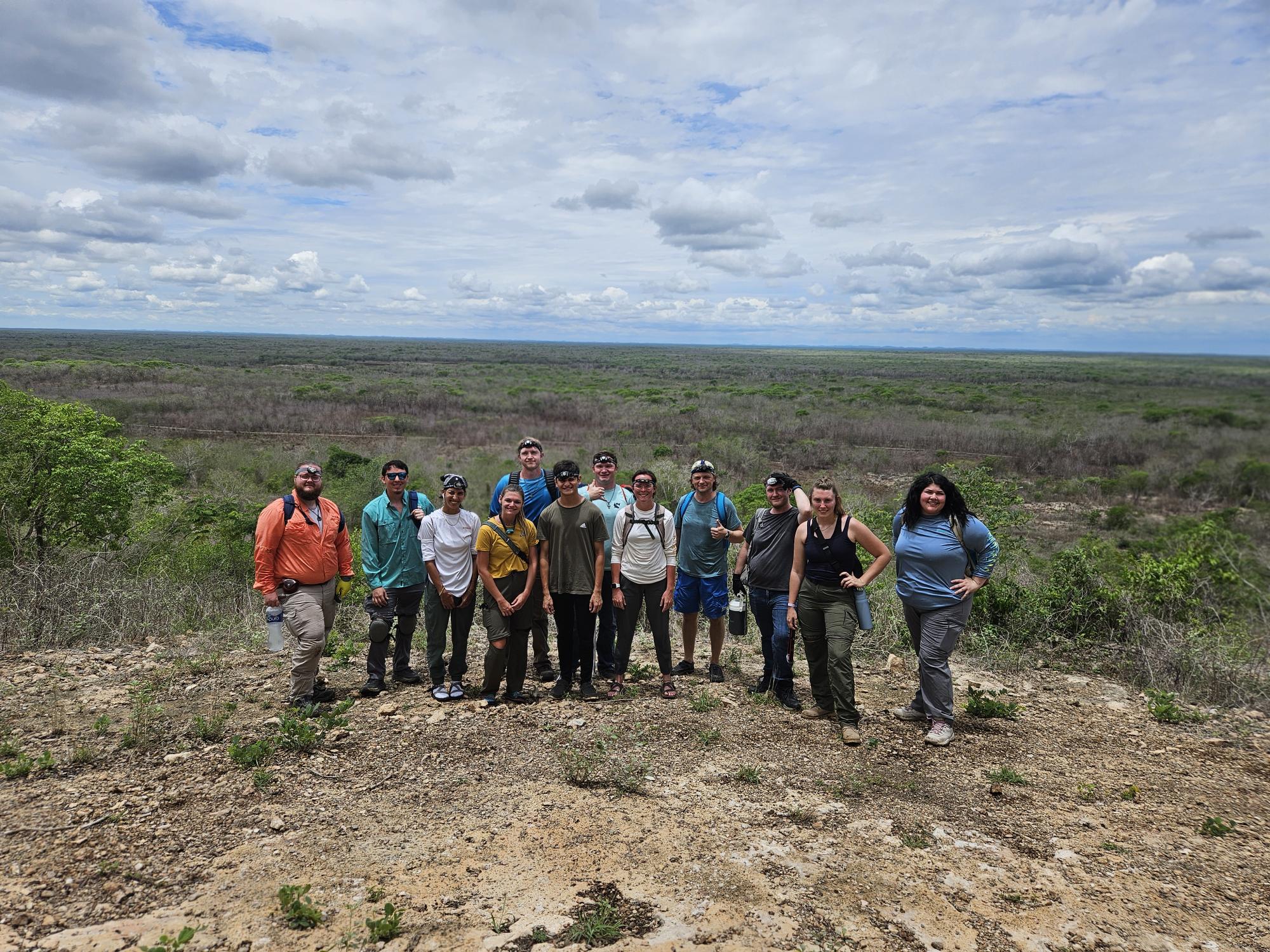 |
|
| Flamingos and Wildlife: The Yucatán is famous for its diverse wildlife, including pink flamingos in the Celestún Biosphere Reserve and Ría Lagartos. The area is also home to jaguars, ocelots, howler monkeys, and various bird species. | 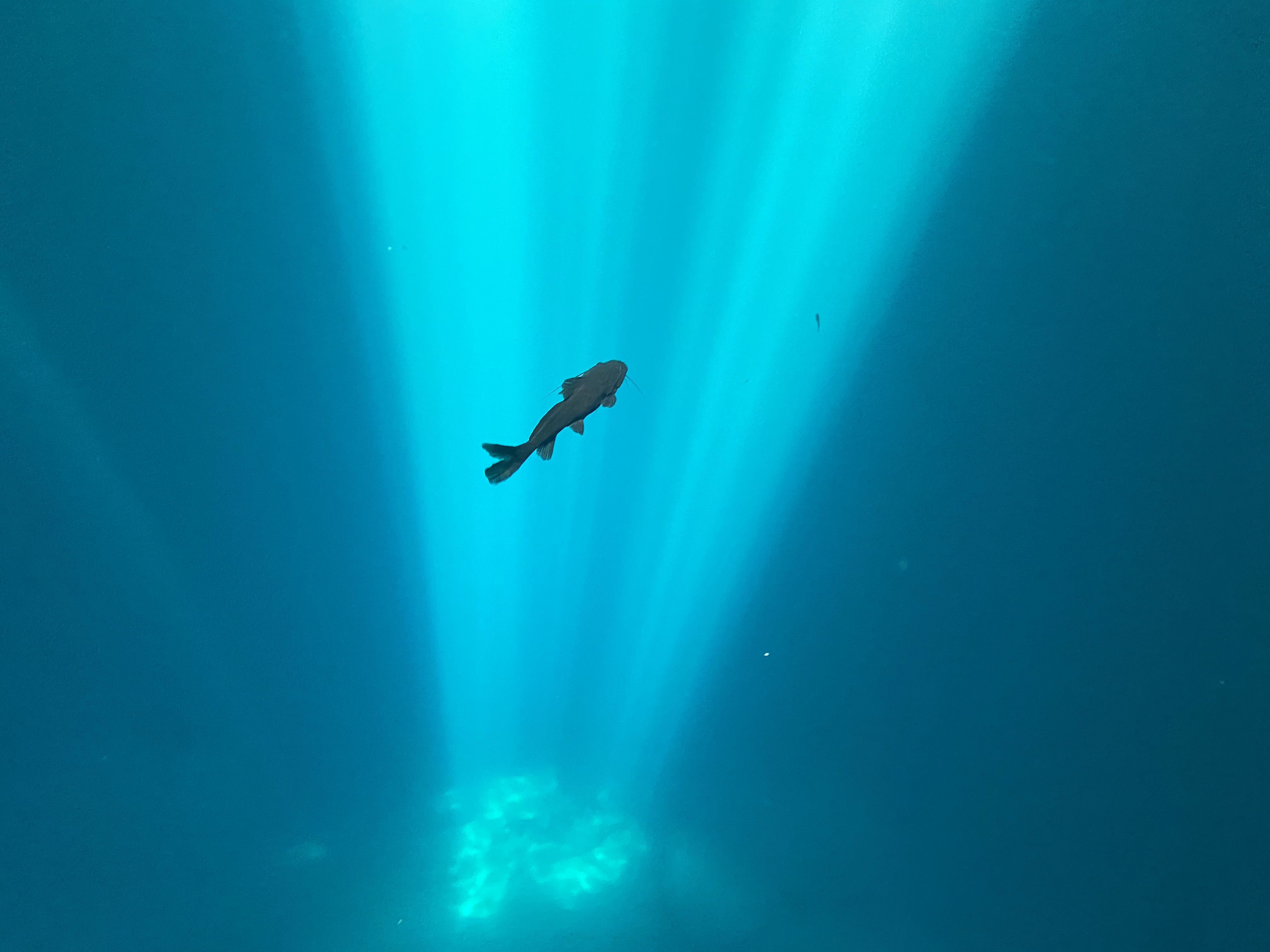 |